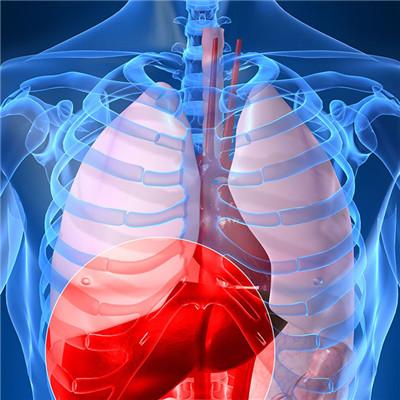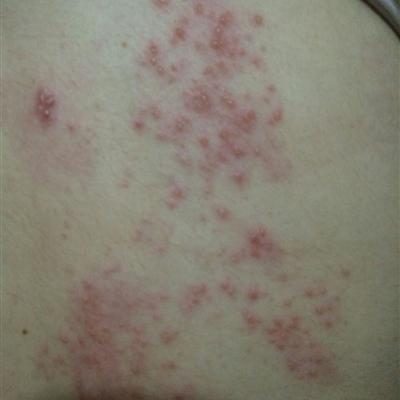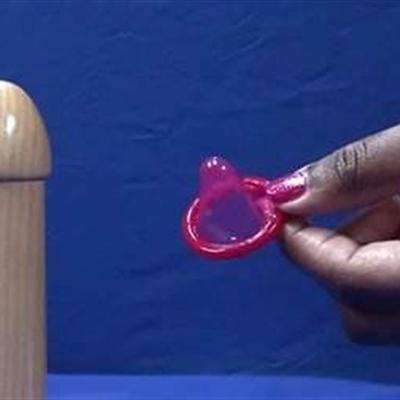What is rickets prophase symptom?
summary
Rickets, namely vitamin D deficiency rickets, is a systemic, chronic and nutritional disease characterized by bone lesions, which is caused by calcium and phosphorus metabolism disorder caused by vitamin D deficiency in infants, children and adolescents. What is rickets prophase symptom? Let's talk about it
What is rickets prophase symptom?
It can be seen in infants less than 6 months old, especially in infants less than 3 months old. More for the performance of increased nerve excitability, such as irritability, vexation, sweating, pillow baldness and so on. At this stage, there is no bone lesion, bone X-ray can be normal, or calcification band is slightly blurred; Serum 25-oh-d3 decreased, PTH increased, serum calcium and phosphorus decreased, and alkaline phosphatase was normal or slightly higher.

When the disease continues to worsen, the typical bone changes of PTH hyperfunction and abnormal calcium and phosphorus metabolism appear. Rickets in infants less than 6 months old are mainly characterized by skull changes, soft anterior fontanel margin, thin skull, and "Ping-Pong" like feeling when pressed lightly. After 6 months of age, there was a ping-pong like sensation around the bone suture, but the central part of the frontal bone and parietal bone was often gradually thickened. At 7-8 months of age, the head shape became "square skull", and the head circumference was also larger than normal.

The epiphysis is enlarged due to the accumulation of bone like tissue. Along the direction of ribs, round protrusion can be touched at the junction of ribs and costal cartilage. From top to bottom, the protrusion is like Beaded protrusion, especially in the 7th to 10th ribs, which is called rickets Beaded protrusion; In severe cases, blunt circular protrusions can also be formed in the wrist and ankle, which are called bracelets. The sternum and adjacent cartilage can be seen protruding forward in children about 1 year old, forming a "chicken breast like" deformity; In children with severe rickets, a horizontal depression is formed at the lower edge of the thorax, namely costo diaphragmatic sulcus or Haugh's sulcus.

matters needing attention
Full term infants who are breastfed or partially breastfed should start to supplement vitamin D 400 IU / day at 2 weeks after birth, and preterm infants, low birth weight infants and twins should start to supplement vitamin D 800 IU / day at 1 week after birth; They were all supplemented to 2 years old. If the growth rate is fast, even if the summer sunshine is sufficient, it is not appropriate to reduce or stop vitamin D. Generally can not take calcium, but milk intake and poor nutrition can be appropriate to supplement micronutrients and calcium.

















